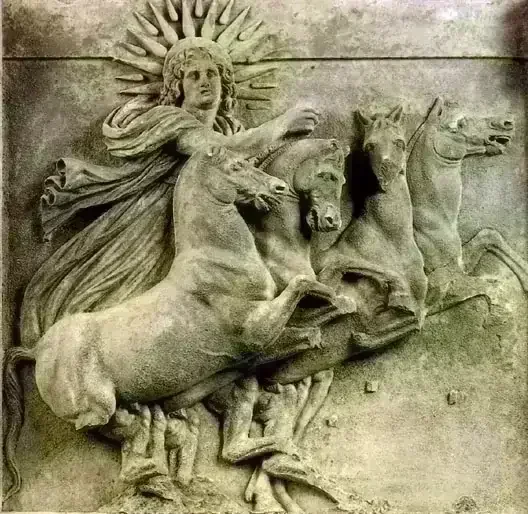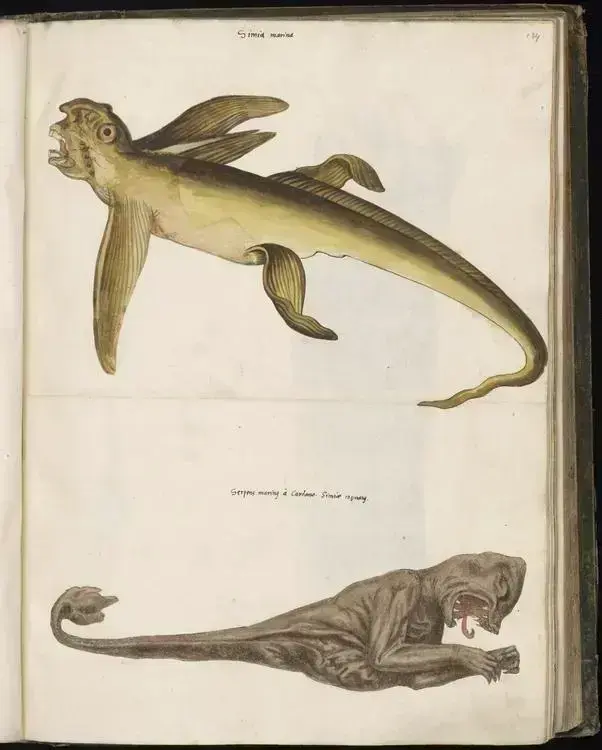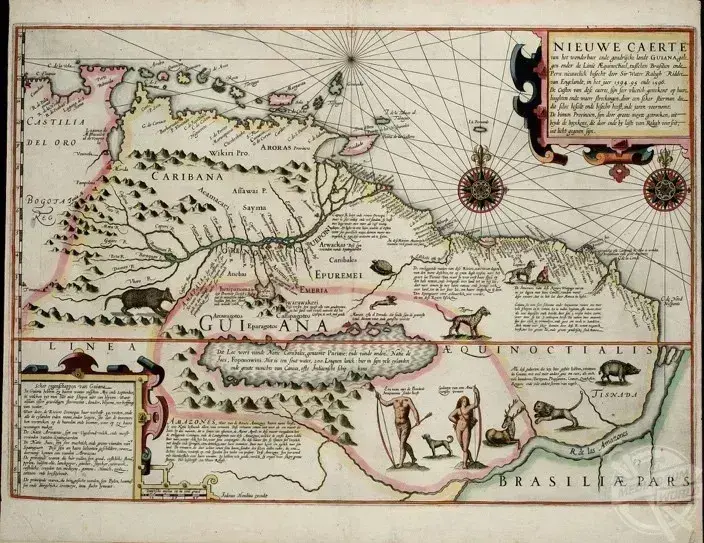Helios

Helios was the ancient Greek god who personified the Sun, often known by the epithets Hyperion ("the one above") and Phaethon ("the shining"). He was traditionally depicted as a radiant figure driving a horse-drawn chariot across the sky and served as both guardian of oaths and god of sight. Though initially a minor deity in Classical Greece, his prominence grew significantly in late antiquity, particularly through his association with Apollo and Sol during the Roman period. This culminated in Emperor Julian's brief attempt to make Helios the central deity in his 4th-century AD revival of traditional Roman religion.
In Greek mythology, Helios was born to the Titans Hyperion and Theia, alongside his sisters Selene (Moon) and Eos (Dawn). One of his most famous myths involves his mortal son Phaethon, while in Homer's Odyssey, he plays a crucial role when Odysseus's men slaughter his sacred cattle on Thrinacia. Enraged, Helios appealed to Zeus for justice, resulting in the destruction of the offenders' ship by thunderbolt, sparing only Odysseus who had not participated in the sacrilege.
As the all-seeing sun god, Helios was frequently invoked in oaths and magical practices. His most significant worship centers were Rhodes, where the famous Colossus stood until its destruction by earthquake, and the region of Corinth. In artistic representations, he typically appears as a youthful figure in a chiton, wielding a whip and steering his four-horse chariot, often accompanied by other celestial deities like Selene, Eos, or the stars.


